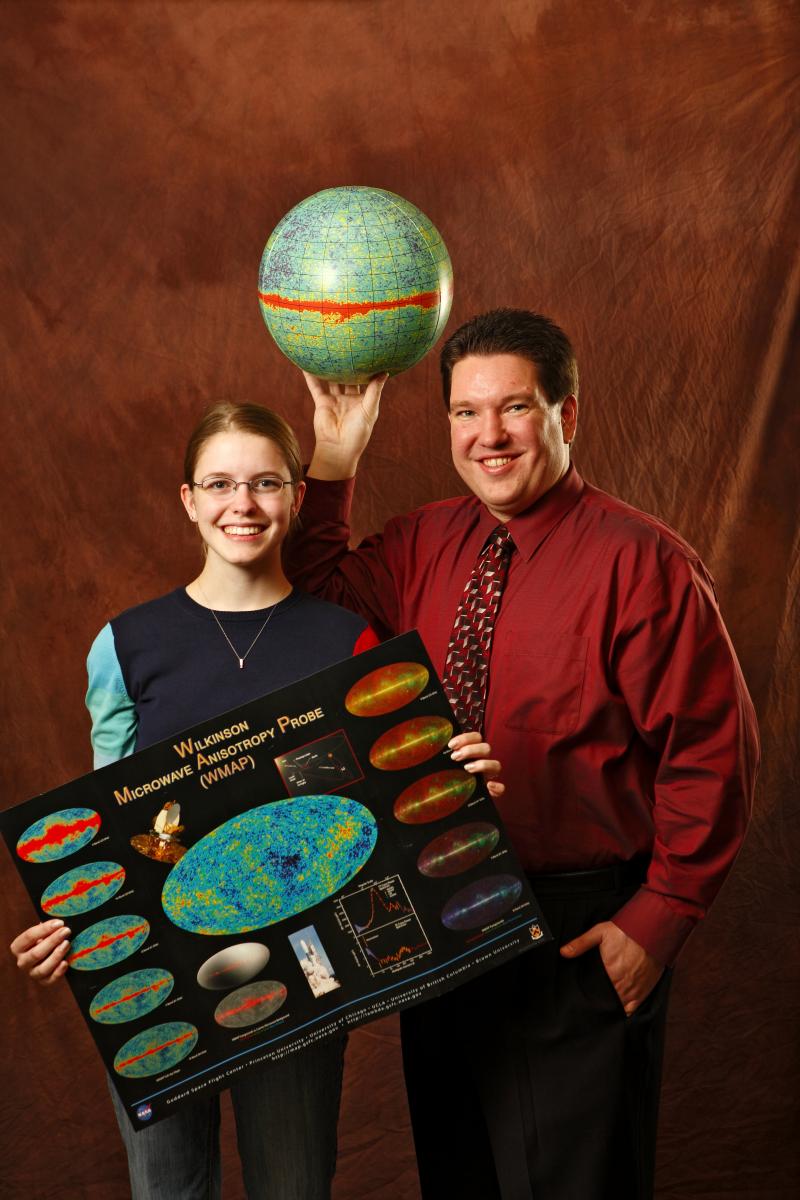Astro-particle physics is an interdisciplinary and quickly expanding field which applies theoretical particle physics solutions to astrophysical problems. Exampes of research in astro-particle physics includes dark matter, dark energy, cosmic ray fluxes, neutrino masses, and large scale structure of the universe (and many more).
The field of astro-particle physics is a fusion of astronomy & cosmology and particle physics. This area of research routinely uses astrophysical data to put limits on very fundamental theories of particle physics. Observed cooling rates of red giant stars, for exampe, have been used to put limits on the properties of axions, particles that have been predicted to solve the strong-CP problem in the Standard Model of particle physics. If you love astronomy but are also drawn to fundamental physics like quantum mechancis and particle physics, astro-particle physics offers the opportunity to do both. For astro-particle physicists, the universe is our laboratory!

Dr. Duda and a former undergraduate Katherine Garrett from a photoshoot for the Creighton Magazine.
Our research was profiled as part of a piece on undergraduate research in the Arts and Sciences college.
How can I get involved? Students typically join our research group by first conducting a reading course over a semester - students will read about the "big ideas" in cosmology, including cosmic expansion, dark matter and dark energy, extra dimensions, etc. Once a sufficient number of upper division physics courses have been completed, students will be assigned a research project and will work closely with Dr. Duda and other students in the research group. If you're interested, please stop by, send an e-mail, or stop Dr. Duda in the hallway.
